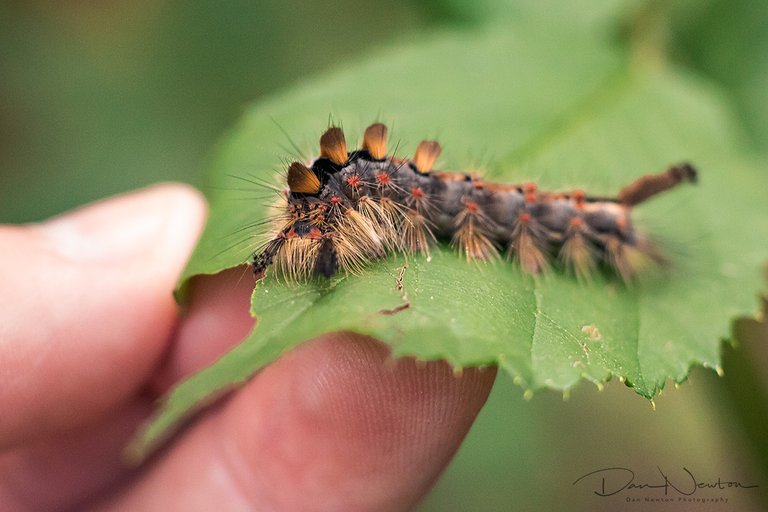
This is a caterpillar of the Vaporer Moth (Orgyia antiqua)
And below we have an image of an adult male Vaporer Moth. How do I know it is a male... read on and all shall become clear.
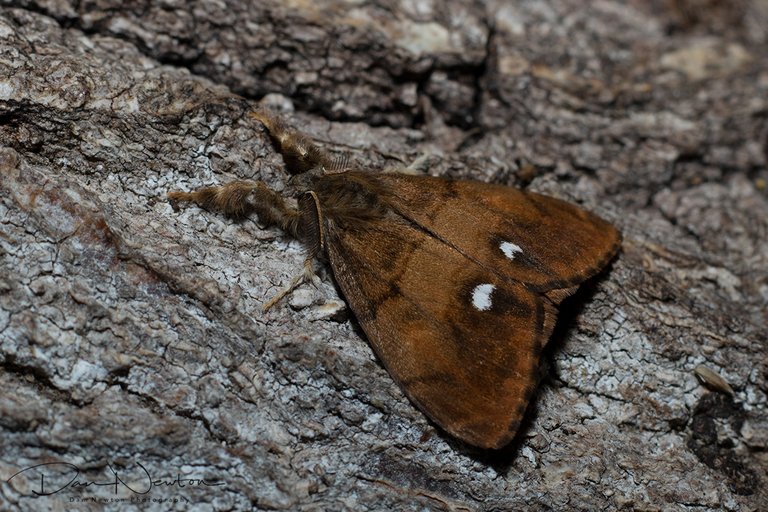
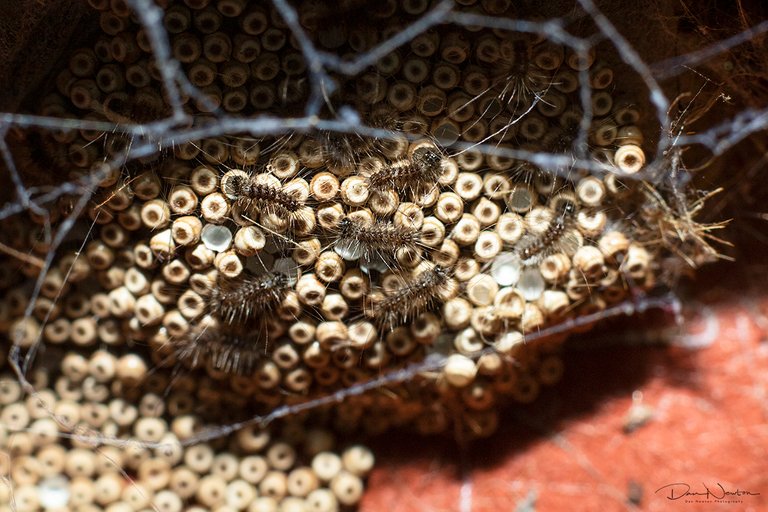
So most people are aware of the lifecycle of butterflies and moths I suspect. We start with tiny little eggs, and these hatch out into teeny tiny little caterpillars.
This little caterpilars are VERY Hungry and they are able to feed on a wide range of deciduous trees such as Blackthorn, Hawthorn, and Oak. This means they very quickly get bigger...
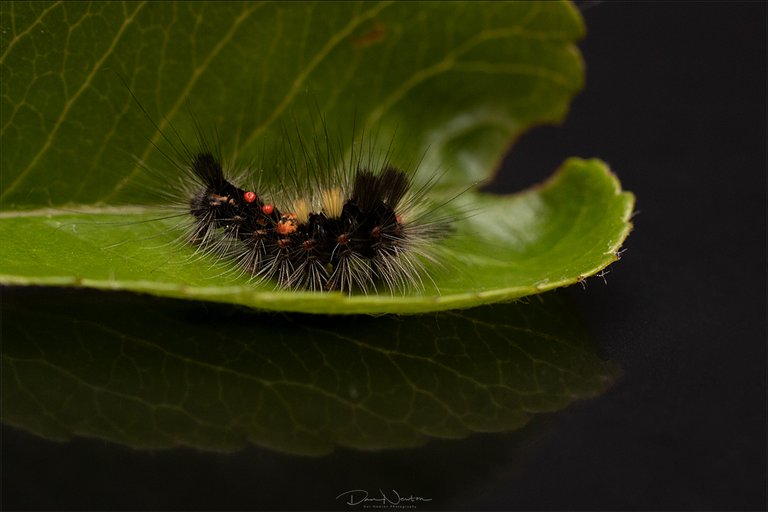
...and bigger...
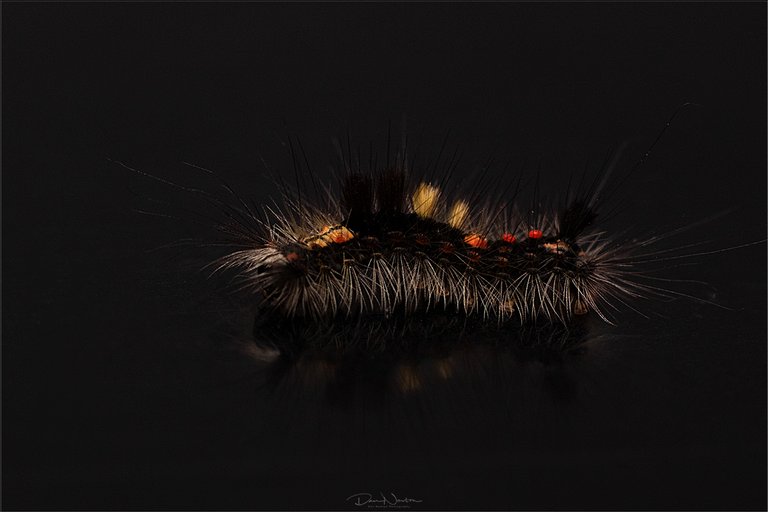
...and bigger...
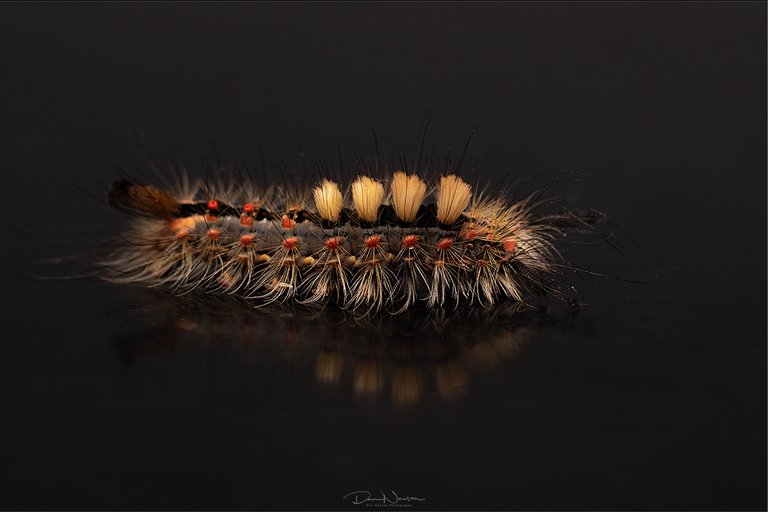
...until at last they are fully grown. From this point they spin a cocoon, and eventually emerge as an adult.
Half of them become male like the one shown here with his enormous and impressive antennae. But what is the purpose of these? Well he uses them to sense and smell the pheromones (chemical scent) released by the Females.
Why? Because... (here is the twist)...
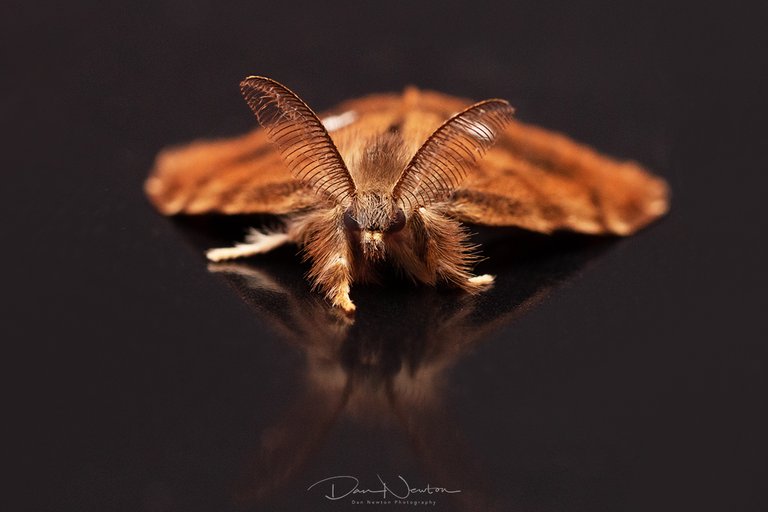
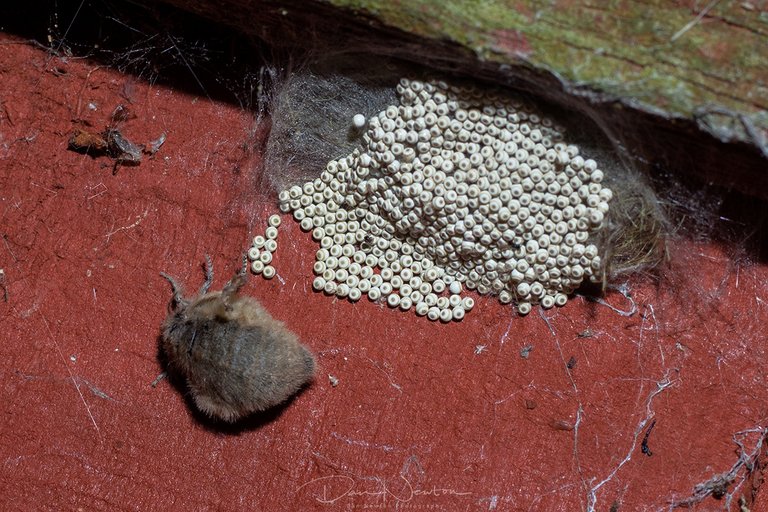
...the female is flightless!
Yes, you did read that right! The females of this species have no wings, or the wings are so small as to be ultimately useless. This means the only way the females and males can find each other to mate is for the male to search for her scent.
But why has this behaviour evolved in this way? The most likely reason is down to energy. A single female needs to produce lots of eggs, and that takes up valuable energy. And if your sole purpose is to lay eggs, why bother wasting energy on creating wings?
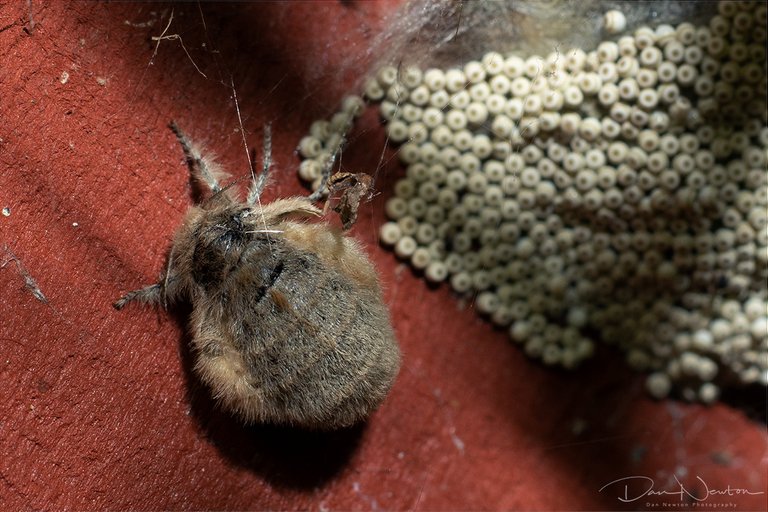
This unusual reproductive strategy isn't used by just the Vaporer moths, several other species of moth choose the same options, and some beetles do so as well. The male Glowworm has wings and flies around looking for any females, and the females are flightless and use a point of light on the abdomen to attract the males. And it might be odd, but it certainly works!
Great post. Photographs are great, and cover all the important aspects. Never saw the wingless female and the eggs in nature.
Thank you @borjan, and thanks for sharing my post. I had looked everywhere for these... (there are several species, so i really wanted to see one of them, as they were so interesting) and as luck would have it I found the vaporer eggs on my garden fence!
Fascinating and well done!
Thank you! Pleased you found it interesting!
Congratulations @dannewton! You have completed the following achievement on the Hive blockchain and have been rewarded with new badge(s) :
You can view your badges on your board And compare to others on the Ranking
If you no longer want to receive notifications, reply to this comment with the word
STOPTo support your work, I also upvoted your post!
Support the HiveBuzz project. Vote for our proposal!
This is the first time I have seen this. It's a little scary.
Disagree, nothing in nature is scary. Except tigers. Tigers are scary 😉
Your thoughts are very nice. I think it is scary because some spider species are poisonous.